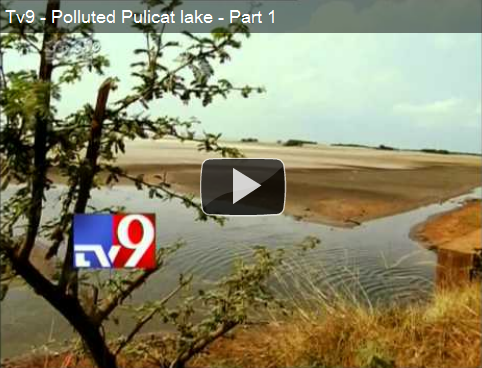Pancheti Koteswaram (1915-1997) was a distinguished Indian meteorologist, hydrologist, and atmospheric physicist whose pioneering research significantly advanced the understanding of India’s climate and weather patterns. Born on March 25, 1915, in Nellore, Andhra Pradesh, Koteswaram overcame early hardships to become a towering figure in global meteorology.
Early Life and Education
Koteswaram’s early life in Nellore was marked by adversity, as he was raised by his widowed mother and grandmother. Despite financial constraints, he excelled academically. He topped the Intermediate examination from Andhra University, earning the prestigious Sir R. Venkitaraman Gold Medal. A pivotal moment in his youth was reportedly experiencing a severe tropical cyclone in Nellore in 1927, which is believed to have influenced his career path. He graduated with honors in Physics from Presidency College, Chennai, in 1934, and in 1939, made history by becoming the first non-Brahmin to receive a Doctor of Science (DSc) degree from Madras University for his thesis on “Molecular association as studied by the Raman Effect” [1].
Career and Scientific Contributions
Koteswaram began his professional journey as a junior lecturer before joining the India Meteorological Department (I.Met.D.) as an assistant meteorologist in August 1940. He quickly rose through the ranks, serving as the Director-General of Observatories of the Government of India from 1969 to 1975 [1].
His most significant scientific achievement was the discovery of the Easterly Jet Stream in the mid-1950s. This crucial discovery, made in collaboration with Herbert Riehl at the University of Chicago, defined an upper-air current vital for predicting the Indian summer monsoon [1]. His research also delved into monsoon rainfall variability and tropical cyclone prediction, which led to the installation of X-Band and S-Band Cyclone Detection Radars across India [1]. He was also credited with redesigning the structure of the I.Met.D. on a regional basis [2].
Beyond his national contributions, Koteswaram held various international positions, including research associate roles at the University of Chicago and the National Hurricane Research Laboratory, and professorships at the University of Hawaii, University of Miami, and Tehran University [1].
International Recognition and Legacy
Koteswaram played a crucial role in the World Meteorological Organization (WMO), serving as its vice-president in 1971. He chaired the Expert Committee that established the WMO Tropical Cyclone Project, a significant initiative following the devastating 1970 Bhola cyclone [1]. He also contributed to the World Weather Watch program by establishing a Regional Meteorological Centre and a Regional Telecommunication Hub in New Delhi [1].
For his immense contributions to science, the Government of India honored him with the Padma Bhushan, the nation’s third-highest civilian award, in 1975 [1, 3, 4]. He authored numerous articles in national and international peer-reviewed journals and a book titled “The Upper-tropospheric and Lower-stratospheric Structure of Several Hurricanes” [1].
Pancheti Koteswaram passed away on January 11, 1997, in Waltair, Andhra Pradesh, leaving behind a profound legacy in the field of meteorology and a lasting impact on how India understands and prepares for its weather phenomena.
Citations:
- Pancheti Koteswaram – Wikipedia
- Pancheti Koteswaram achievements – Wikipedia
- 1975 Padma Bhushan Awardees – IndiaNetzone
- 1975 – Padma Awards
Disclosure: This article has been written and edited with the help from Google Gemini.

